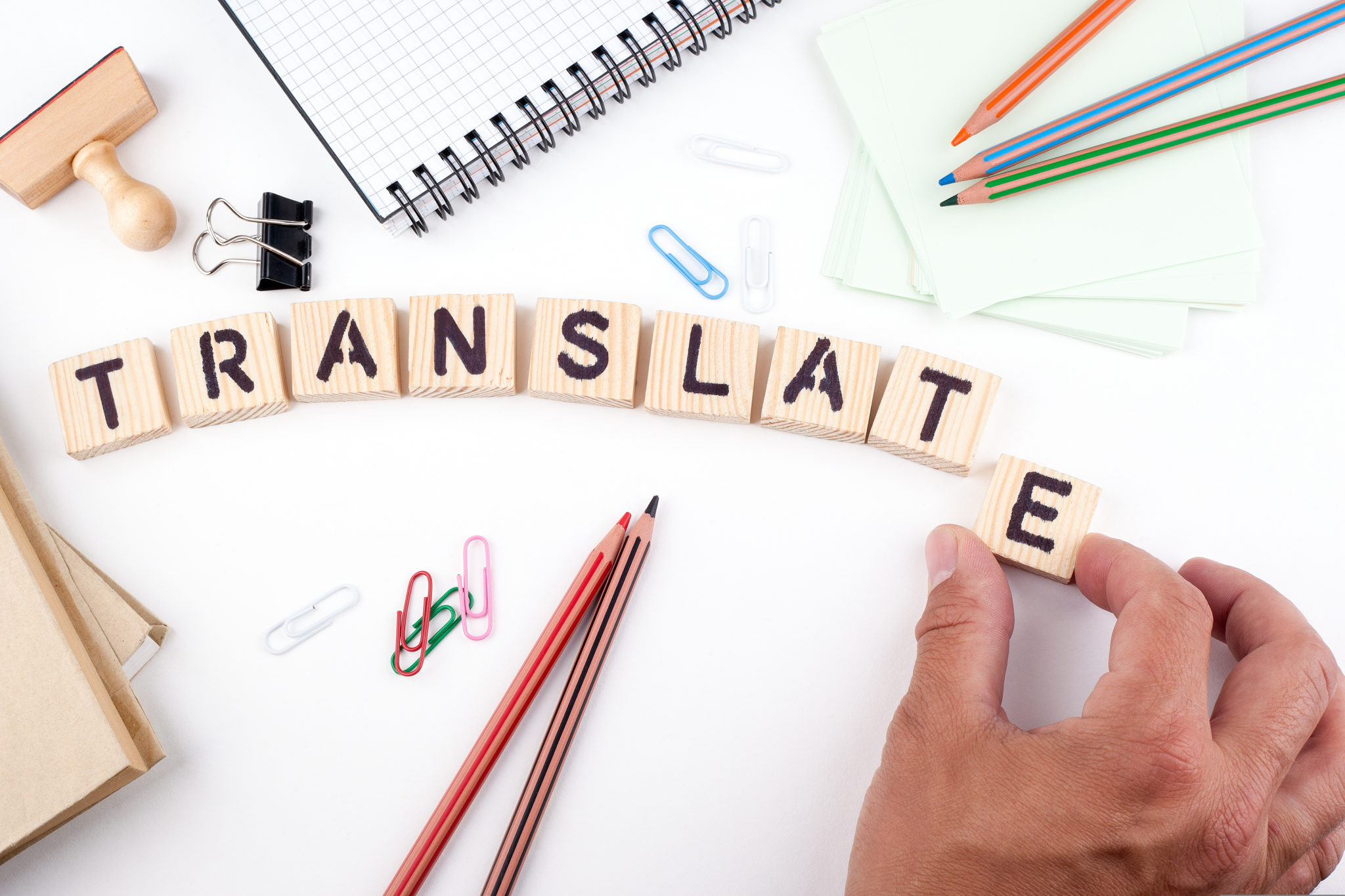Top Translation Tips & Tricks for EFL Learners
Most languages may be many years old, but International Translation Day (30th September) is a newcomer in the calendar of world events. Originally set up in 1953, this annual celebration reminds us that foreign language learning and translation can make our world a better place!
But do you know how to not get lost in translation? Are there any tips and tricks to help you during your English language learning journey?
Words vs Meaning
Translation is an effective way of testing comprehension. With the help of a good dictionary, you may be able to read and translate – and even write – complex texts in English. However, you should always bear in mind that literal, word-for-word translation often simply doesn’t work.
For example, in English you could say that you ‘sit’ an exam, but could you do that in your mother tongue? And if somebody asked you to explain what the set phrase ‘you’re welcome’ means, you wouldn’t provide a literal translation – you would just say that this is the usual reply to ‘thank you’.
So, before you start translating a text, make sure you have read it through a couple of times. Don’t focus on every single word and phrase. Instead, try to explain its general meaning. Then you can focus on specific parts that you don’t fully understand, or that you find difficult to translate.
Tools & Tech
A good bilingual dictionary is an essential tool. Even if you feel you know the correct translation of a word, it always helps to look it up and consider all the given options. As you get more advanced, an English-English dictionary could be also helpful with more detailed definitions and example sentences. In any case, you needn’t be limited to only a print dictionary – look for its web counterparts, aka online versions, which will enable you to select the word you are looking for by just typing a few letters!
Traps & Mishaps
A good English teacher’s goal should always be to guide you towards increasingly thinking in English and drop the crutch of translation. But we all know that this is one of the hardest things to achieve.After all, translation is a real-life skill, and the reality is that all of us often translate from a language into another in our heads, whether we engage in formal translation exercises or not. Just think about it: How many times have you been asked to translate something like the dishes of a menu or a sign on a road from or into somebody’s native language during your holidays or a business trip?
So, when speaking and translating at the same time, pay extra attention and do not fall into the trap of prepositions! Always bear in mind that most prepositions generally depend on another word; yes, depend ‘on’ – chances are you wouldn’t use this preposition in your mother tongue!
You should also remember that there are hundreds of differences between British and American English. For example, if you ask for ‘chips’ in New York, you’ll soon find a plate of what people call ‘crisps’ in England!
Finally, be aware of idioms, fixed phrases and slang words!
If you enjoyed this article, spread the word; give this article a quick share on your favourite social media site! And don’t forget to take a look at our Facebook page where we share more about exciting ways to understand, learn and teach English!




Leave a Reply
Your email address will not be published. Required fields are marked